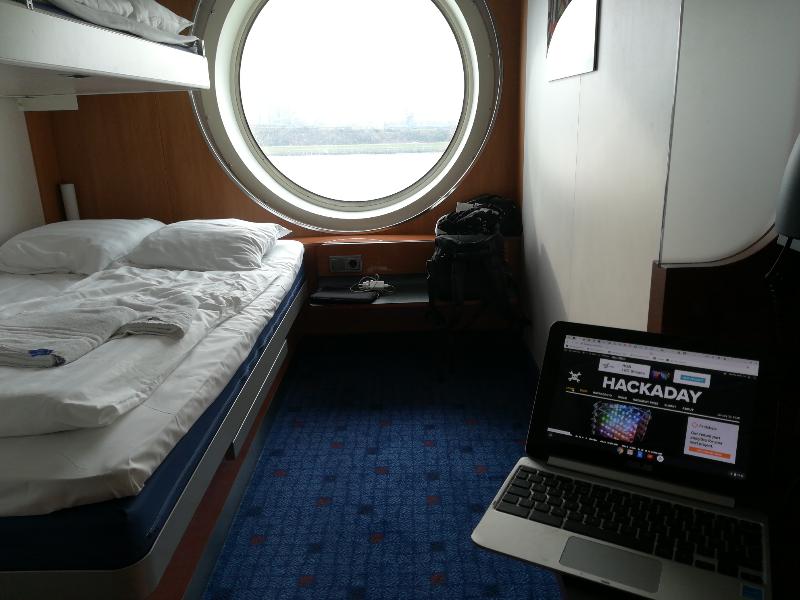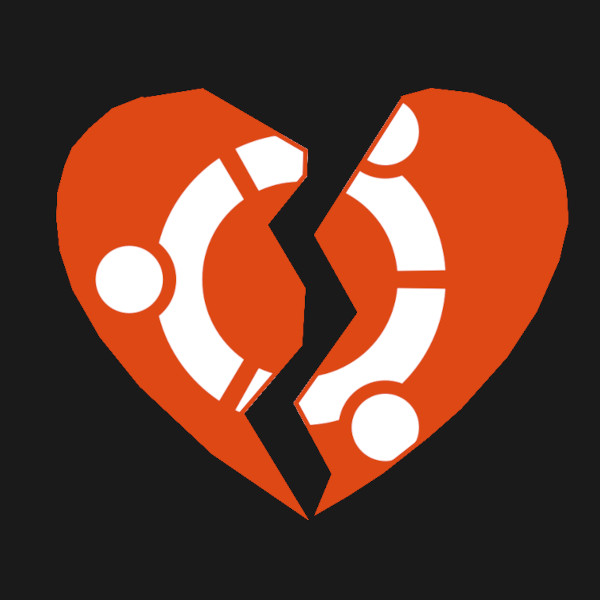Bye Bye Ubuntu, Hello Manjaro. How Did We Get Here? [Hackaday]

Last week I penned a cheesy fake relationship breakup letter to Ubuntu, my Linux distribution of choice for the last 15 years or so. It had well and truly delivered on its promise of a painless Linux desktop for most of that time, but the most recent upgrades had rendered it slow and bloated, with applications taking minutes to load and USB peripherals such as my film scanner mysteriously stopping working. I don’t have to look far to identify the point at which they adopted Snap packages as the moment when it all went wrong. I’d reached the point at which I knew our ways must part, and it was time to look for another distro.
It’s Arch, But For Cowards…

An obvious choice would be another Debian based system, after all I’m very familiar with Debian on more than one architecture. This would be great, but even the most ardent fan of Debian probably has to admit that sometimes versions of software in those repositories can be a bit fossilised. I need my packages to be more up-to-date than that, indeed even more up-to-date than the Ubuntu versions. Truth be told this hasn’t been an immediate process, I’ve been eyeing up other distros for a few months. I settled upon Manjaro as a good blend of up-to-date and fast, yet usable by mere mortals. It’s Arch but for cowards, and trying it on a few older machines it’s been a painless experience.
This Machine Is My Livelihood

Anyone who works for a repeating publication will tell you that their time structure is dictated by the rhythm of the publication. If my upgrade went wrong in the morning I wouldn’t be able to schedule your Hackaday afternoon, which I do from my post here in Europe some time in the early morning for our server in California. Thus my time slot would have to be in my evening, and the machine would have to be usable the next morning.
So one evening I downloaded the Manjaro GNOME ISO file, and unpacked a brand new Samsung SSD with a decent sized cache I’d bought for the purpose. Time to back up the settings for browsers and the like, then pull out Ubuntu disk and put it in a USB caddy before fitting the SSD. Booting from the Manjaro USB stick the install was painless, it even recognised I had an SSD and didn’t try to insist on a swap partition. I could then copy back my documents from the USB caddy, and restore those browser settings. All my usual software is in the Manjaro repositories, and with a GNOME desktop I could set up the look-and-feel to be the way I’m used to. Yes, my Manjaro desktop has some resemblance to the Ubuntu one I’ve just left. Even the backup is the same, and “Just Works”.
So I’ve got a new distro on my machine, and the process has been smooth. And it’s all so much faster, it’s not funny. Yes it’s got a faster disk, but that’s not all of it. Applications aren’t laggy, they load in real time, and I’ve got my USB peripherals back. It really is like having a new computer, and I’m left wondering why I put it off for so long. But perhaps in all my rejoicing over my new-found computing power I’m missing something. If Canonical have gone so badly wrong with Ubuntu, I have to ask, just why?
Jokey Breakup Letters Aside, Where Have Canonical Gone Astray?
I think what we are seeing is a commercial company wrestling with the fundamental problem that their product is a free operating system, and one that while popular, is almost unknown outside of a relatively small community of computer enthusiasts. There may be someone pop up in the comments and point to an obscure consumer computer model sold with Ubuntu preinstalled and they’re certainly a force that matters in the server market, but Macs and Chromebooks notwithstanding, for practical purposes it’s impossible to find a PC with anything but Windows.
I can’t walk into my local UK high street retailer and buy a PC preinstalled with Ubuntu, neither can I do so at the usual large online PC manufacturers. ChromeOS may be something of a special case, but it’s not the long-promised year of Linux on the desktop, and it’s definitely not the year of Ubuntu on the desktop.
Thus Canonical have a problem: they want to own all the things, but the main thing in question is free, and they give it away. They can monetise it with subscriptions and support contracts for their business customers and particularly the server market where they have been successful, but there’s still the problem that anyone can leave their walled garden simply by downloading the OS and supporting it themselves. They need to build in some kind of stickiness that keeps the customer bound to them, and since the OS is open source they can’t easily take parts of it private.
Their solution to this conundrum was Snap, a packaged application system. At the client end it’s not a bad idea, offering security benefits and ending some of the dependency issues that used to plague Ubuntu users. But on the server side, it’s a very different matter. The client-side part of Snap is open-source, but the server side isn’t. If there was sufficient demand, it’s surely not beyond the open-source community to write their own server, but for now Canonical are the only player in town. Thus if you use Ubuntu, you’re tied into them in a way that you weren’t before Snap, and they’re a little bit closer to owning all the things. It seems almost calculated to annoy open-source enthusiasts. They might have got away with it if Snap hadn’t so badly affected the performance of anything but the fastest machines. Ubuntu desktop users like me are leaving the distro, because unlike moving from Windows to Ubuntu, it’s relatively easy to switch from one Linux distribution to another.
So I’m now a happy Manjaro user, and judging by the response to my piece from last week I’m not alone in leaving Ubuntu for pastures new. The question is, should this worry Canonical, or are we simply low-value collateral damage as we don’t really bring them any income? To that I’d say this: the best marketing team that a distro can have is its users, and if Snap is burning these users, it’s hard to imagine it as part of a long term strategy.

![bye-bye-ubuntu,-hello-manjaro.-how-did-we-get-here?-[hackaday]](https://i0.wp.com/upmytech.com/wp-content/uploads/2023/06/127221-bye-bye-ubuntu-hello-manjaro-how-did-we-get-here-hackaday.jpg?resize=800%2C445&ssl=1)
